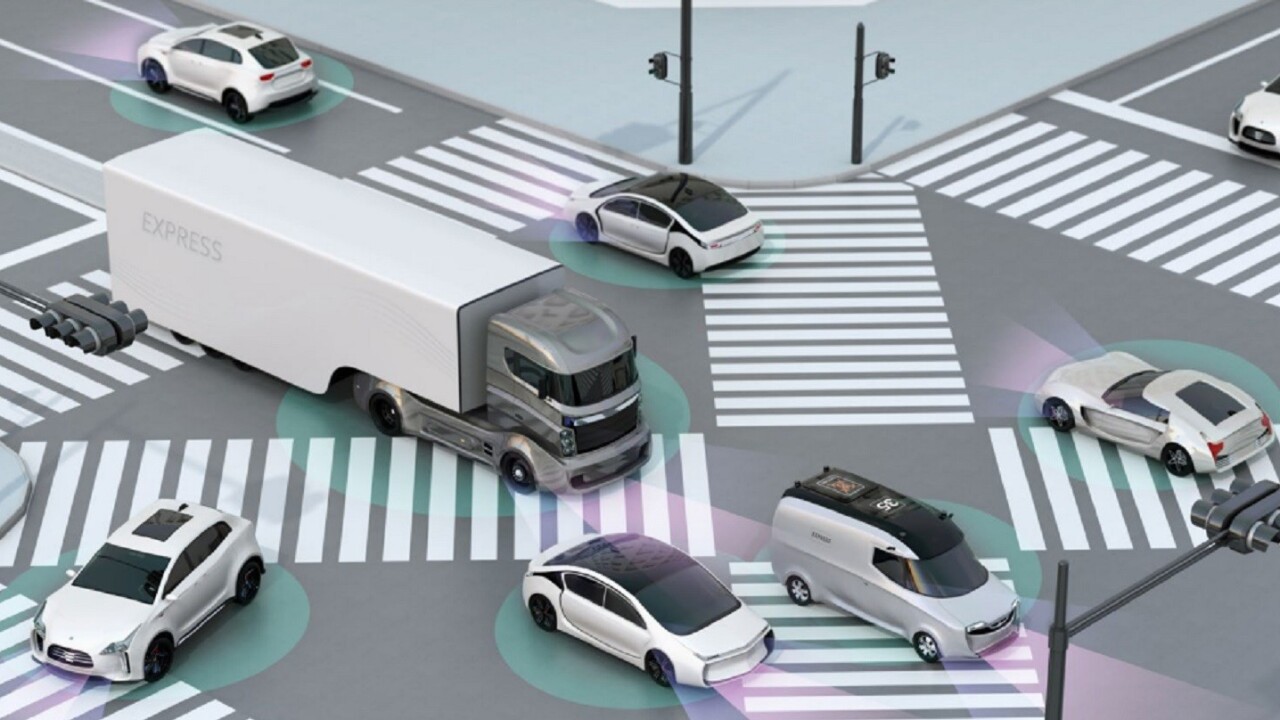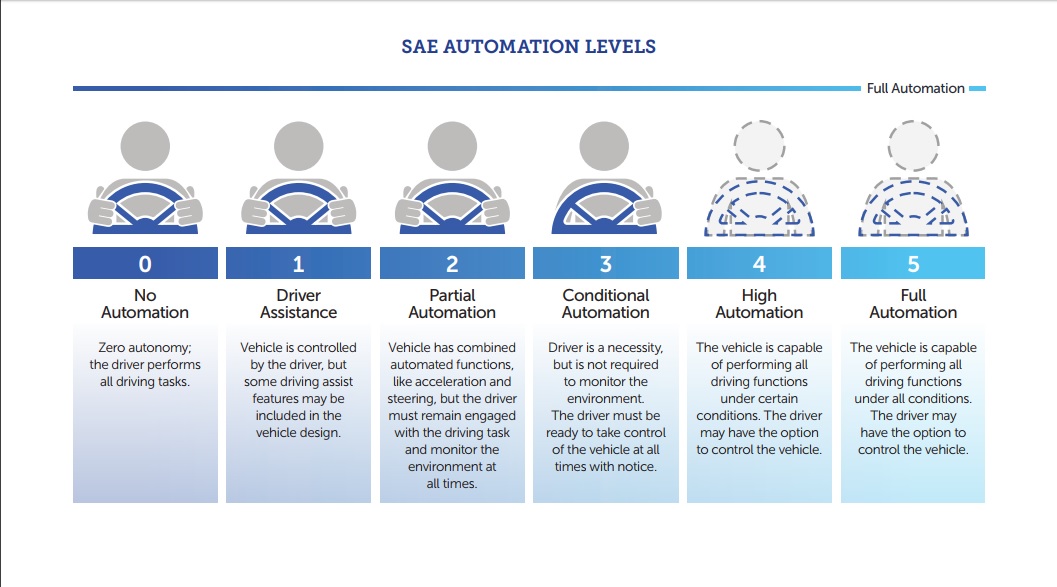
The US Department of Transportation (DOT), in conjuction with the National Highway Traffic Safety Administration (NHTSA), yesterday released an updated set of voluntary guidelines for driverless cars. The document, “Automated Driving Systems 2.0: A Vision For Safety,” not only provides guidance for manufacturers, developers, and states — it also takes great pains to demonstrate the federal government’s absolute support for self-driving cars.
The reason the DOT is releasing voluntary guidelines — as opposed to safety rules — is because existing laws are sufficient for the purpose of legislating driverless cars, the document states:
NHTSA has broad enforcement authority to address existing and new automotive technologies and equipment. The Agency is commanded by Congress to protect the safety of the driving public against unreasonable risks of harm that may arise because of the design, construction, or performance of a motor vehicle or motor vehicle equipment, and to mitigate risks of harm, including risks that may arise in connection with automatic driving systems (ADS).
Portions of “A Vision For Safety” make it seem as though the government doesn’t care to regulate self-driving cars:
Entities are not required to submit a Voluntary Safety Self-Assessment, nor is there any mechanism to compel entities to do so. While these assessments are encouraged prior to testing and deployment, NHTSA does not require that entities provide disclosures nor are they required to delay testing or deployment. Assessments are not subject to Federal approval.
But the purpose of it is to provide an environment that fosters innovation:
The Federal Government wants to ensure it does not impede progress with unnecessary or unintended barriers to innovation.
The primary goal of the NHTSA is safety, and driverless cars are the next logical step after seat-belts and airbags, as far as revolutionary safety upgrades in the automotive industry are concerned. The document also clarifies the federal stance on how states should use the voluntary governance within:
NHTSA strongly encourages States not to codify this Voluntary Guidance (that is, incorporate it into State statutes) as a legal requirement for any phases of development, testing, or deployment of ADSs. Allowing NHTSA alone to regulate the safety design and performance aspects of ADS technology will help avoid conflicting Federal and State laws and regulations that could impede deployment.
The document breaks down 12 areas of concern for driverless car manufacturers and developers to voluntarily self-assess:
- System Safety
- Operational Design Domain
- Object and Event Detection and Response
- Fallback (Minimal Risk Condition)
- Validation Methods
- Human Machine Interface
- Vehicle Cybersecurity
- Crashworthiness
- Post-Crash ADS Behavior
- Data Recording
- Consumer Education and Training
- Federal, State, and Local Laws
Each of the above sections represents an aggregation of concerns that have been revealed through research and observation. The point of the guidelines isn’t to provide legislative direction, but instead to create a common-sense vision for the immediate implementation of ADS into our lives.
The document even goes in-depth into what constitutes self-driving technology and offers safety guidelines across the spectrum.

If you were hoping the US government was going to put a stop to all the optimism surrounding self-driving cars it looks like you’re out of luck. The feds might not get everything right (or much at all, depending on your politics) but this time the DOT and the NHTSA are working to rectify a problem that’s cost 2.2 million lives in the US alone. It’s the same thing responsible for 94% of all automobile accidents: human error.
Get the TNW newsletter
Get the most important tech news in your inbox each week.




